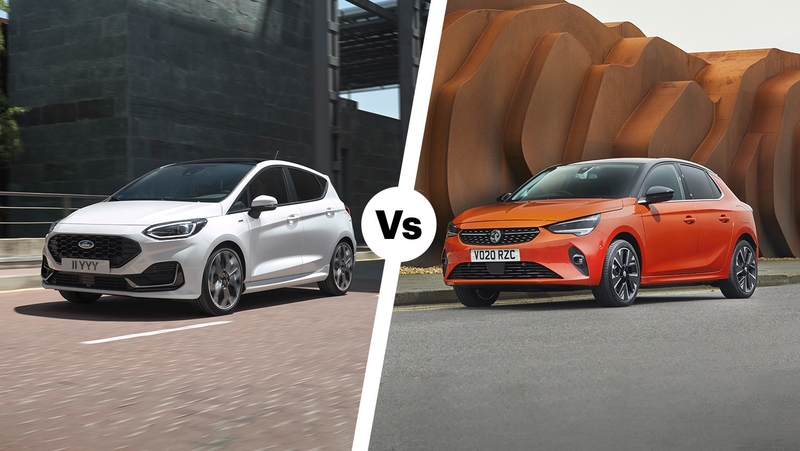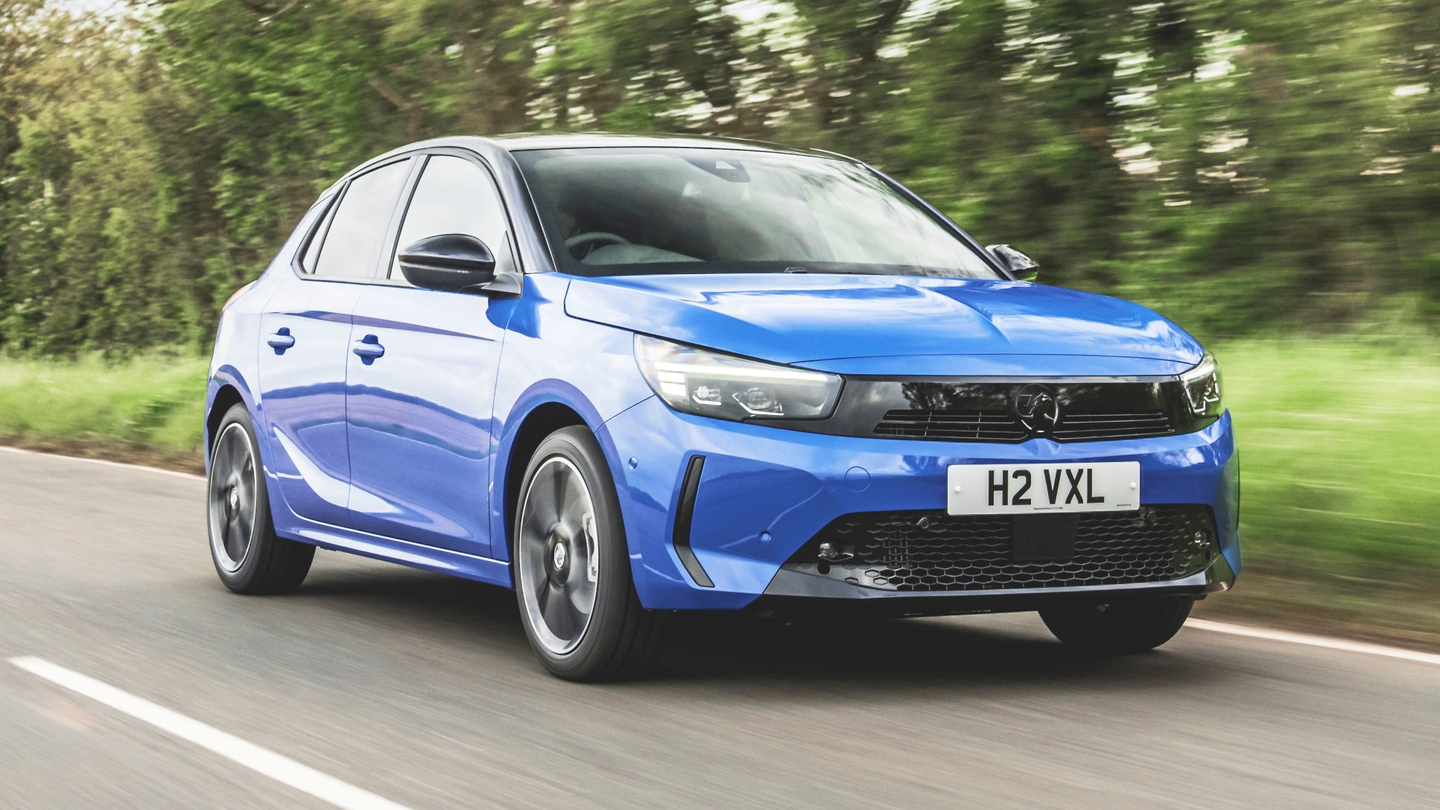
Ford Fiesta interior, technology and practicality
Gallery
Comfort and visibility
Hop behind the wheel of a Ford Fiesta and you’ll feel completely at home. There’s no confusing technology (heck, there’s even one of the last remaining manual handbrakes you’ll find on a modern car), and everything is exactly where it should be.
The driver’s seat adjusts for height on all models, and the steering wheel has an extensive range of up and down adjustments, as well as moving in and out a reasonable amount – so you’ll fit however big you are.
Visibility out of the Fiesta is good too – unlike many modern cars, the view out the back corners of the car isn’t completely masked by thick pillars.

Standard equipment
Depending on the model year you’re looking at, entry-level Fiestas are called either Zetec or Trend – but they come with more kit than you might imagine. All Fiestas get a nice big infotainment screen that includes Apple CarPlay and Android Auto smartphone mirroring tech, which is handy because these versions of the Fiesta don’t get built-in sat-nav.
Zetec and Trend Fiestas also get air-con, alloy wheels and a heated windscreen which is an absolute life-saver on icy mornings, and saves you grazing cold knuckles scraping away at your windscreen.
Step up to a mid-range Titanium model and you get built-in sat-nav, rain-sensing wipers and electrically folding door mirrors. This is the trim level we’d pick if we were buying with our own money.
Take another step up the Fiesta range and you get the ST-Line, which gives you sportier front and rear bumpers, red stitching on the interior upholstery and cruise control.
Top-spec Fiesta Vignale models treat your buttocks to heated seats, plus there’s a rear-view camera as well as a host of Vignale badges to make you feel… a bit posher.

Infotainment and audio
Every version of the Fiesta gets a large 8-inch touchscreen that has Apple CarPlay and Android Auto as standard. The touchscreen’s built-in sat-nav system (standard on Titanium models upwards) is okay, but it’s not as intuitive to use as Google Maps mirrored from your phone’s screen.
The menus look and feel a bit dated too, not helped by a slow processor that will leave you waiting for a response once you’ve pressed the screen. The system in a VW Polo is snappier and feels more modern.
In terms of sound quality, the Fiesta’s standard-fit six-speaker system is merely average, but the upgraded eight-speaker B&O stereo found in higher-end models is bassy (thanks to a subwoofer in the boot) and is generally lovely to listen to – it’s worth seeking one of those models out if you’re into your music.

Rear seat space
Certain versions of the 2018-2021 Fiesta were available in three-door format, which naturally makes getting into the back seats a bit of a palaver. The 2021 facelift ditched the three-door format, and the resultant five-door line-up is actually surprisingly practical for a small car.
Rear seat space is OK for tall adults for short journeys, with enough headroom and just-about-adequate kneeroom. The backs of the front seats are squishy, so even if your rear-seat passengers brush the backs of the seats with their kneecaps, they won’t be in agony.

Boot space
While the Fiesta’s 311-litre boot isn’t going to hold as much stuff as, say, a Skoda Fabia (which has 380 litres – a record for superminis), it’ll still swallow about four carry-on suitcases with relative ease. With the rear seats folded down you’re left with 1,093 litres of space, which is enough to transport several large sacks of rubbish to the tip.
















































